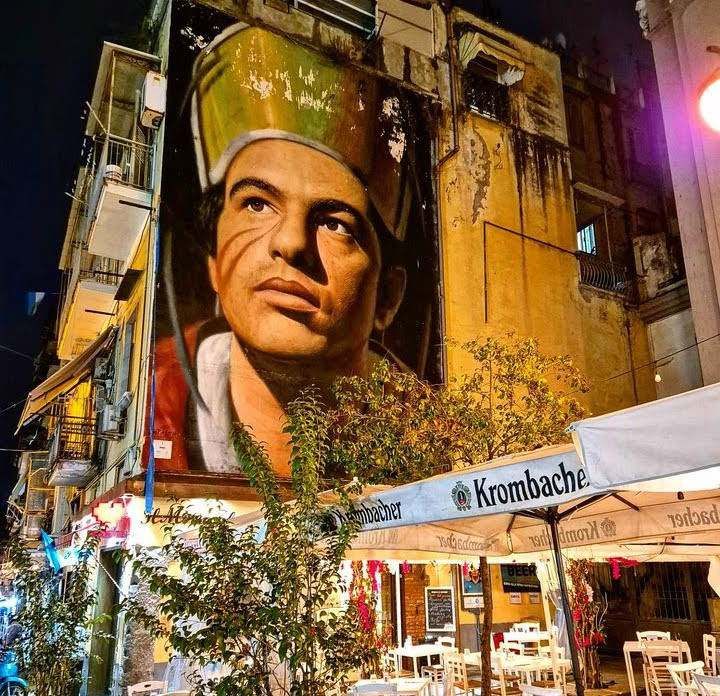
Colosseo, Tempio di Venere a Roma e Arco di Costantino.
Il Colosseo - o più precisamente l'Anfiteatro Flavio - fu costruito al centro della valle tra il Palatino, il Celio e l'Esquilino, dove si trovava la piscina della domus aurea di Nerone. La scala racconta le sue dimensioni: quasi 50 m di altezza dell'anello esterno, 188 m di lunghezza dell'asse principale dell'ellisse e 156 m di lunghezza dell'asse minore; più di 100.000 metri cubi di travertino e 300 tonnellate di acciaio per le morse che tengono insieme i blocchi. Vespasiano iniziò subito nel 70 d.C., Tito diede vita all'anfiteatro nell'80 d.C., con una serie di eventi e spettacoli che durarono 100 giorni e durante i quali furono uccisi 2.000 gladiatori e 5.000 animali. Le 76 buche sul pavimento vengono lette lentamente;
Colosseum, Temple of Venus in Rome and Arch of Constantine.
The Colosseum-or, more precisely, the Flavian Amphitheater-was built in the center of the valley between the Palatine, Caelian and Esquiline hills, where the pool of Nero's domus aurea was located. The scale tells of its dimensions: nearly 50 m high of the outer ring, 188 m long of the main axis of the ellipse and 156 m long of the minor axis; more than 100,000 cubic meters of travertine and 300 tons of steel for the clamps holding the blocks together. Vespasian began immediately in AD 70, Titus brought the amphitheater to life in AD 80, with a series of events and performances that lasted 100 days and during which 2,000 gladiators and 5,000 animals were killed. The 76 holes in the floor are read slowly;
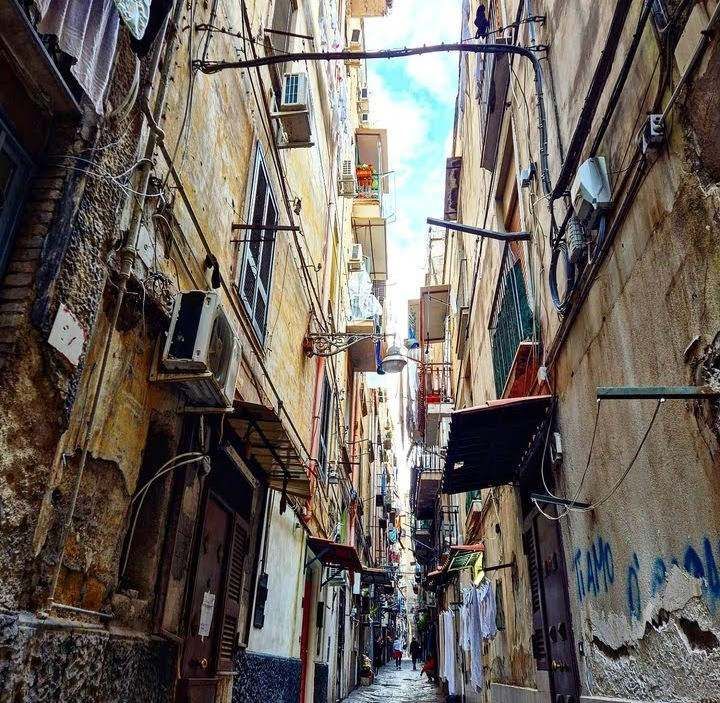
I numeri corrispondono a quelli segnati sulle carte spettatore, e consentono, tramite la procedura, di 160 pezzi di vendita (lat. Vomitoria), da dove si accede alle scale della cavea, che sostengono archi e volte. Accanto all'anfiteatro si erge il Colosso di Nerone, una grande statua in bronzo dorato alta 35 m, opera dello scultore greco Zenodoro, che rappresenta l'imperatore e dopo la sua morte assunse le sembianze del dio sole. L'interno del Colosseo presenta un'arena, con un pavimento costituito da assi di legno cosparse di sabbia e distribuito su una superficie di 76×46 m, e una cavea, divisa in tre parti di gradini, coronamento e n'ato da la loggia che sorregge la quarta serie di gradini e tribune in legno. Ogni tappa del viaggio è riservata, in ordine di importanza, ad una determinata tipologia di cittadini, che usufruiscono comunque dell'ingresso gratuito. In totale l'anfiteatro poteva ospitare, compresi i posti in piedi, circa 50.000 persone che assistevano ai combattimenti dei gladiatori (munera) e alle cacce selvagge (festival), oltre che a uccisioni capitali e piccoli spettacoli di ogni genere.
The numbers correspond to those marked on spectator cards, and allow, through the procedure, 160 sales pieces (lat. Vomitoria), from where one accesses the cavea stairs, which support arches and vaults. Next to the amphitheater stands the Colossus of Nero, a large 35-meter-high gilded bronze statue by the Greek sculptor Zenodorus, which represents the emperor and after his death took on the appearance of the sun god. The interior of the Colosseum features an arena, with a floor consisting of wooden planks sprinkled with sand and distributed over an area of 76×46 m, and a cavea, divided into three parts of tiers, crowned and n'ato by the loggia supporting the fourth set of wooden steps and grandstands. Each stage of the journey is reserved, in order of importance, for a certain type of citizen, who still enjoy free admission. In total, the amphitheater could accommodate, including standing room, about 50,000 people who attended gladiatorial fights (munera) and wild hunts (festival), as well as capital killings and small performances of all kinds.

Gli spettatori erano protetti dai raggi del sole da un grande Velario di foglie triangolari, presidiato da speciali marinai delle navi da guerra di Capo Miseno nel Golfo di Napoli. Durante le riprese, attorno alla recinzione viene posizionata una lunga e robusta catena di ferro, sorretta da pali e ai rulli superiori sono fissate le zanne di elefante che fungono da punte che impediscono agli animali di salire e scendere sulla rete. Per maggiore sicurezza, nelle nicchie che si aprivano sul podio sotto le scale si trovavano diversi arcieri. L'ultimo avvistamento conosciuto risale al 523 d.C. sotto il re goto Teodorico, ma si trattava solo di caccia perché i combattimenti dei gladiatori erano già stati aboliti nel 438 d.C.
Viewers were protected from the sun's rays by a large Velarium of triangular leaves, manned by special sailors from the warships at Cape Miseno in the Bay of Naples. During filming, a long, strong iron chain was placed around the fence, supported by poles, and elephant tusks were attached to the upper rollers, acting as spikes that prevented the animals from climbing up and down on the net. For added security, several archers stood in the niches that opened on the podium under the stairs. The last known sighting was in 523 A.D. under the Goth king Theodoric, but this was only hunting because gladiatorial fighting had already been abolished in 438 A.D.
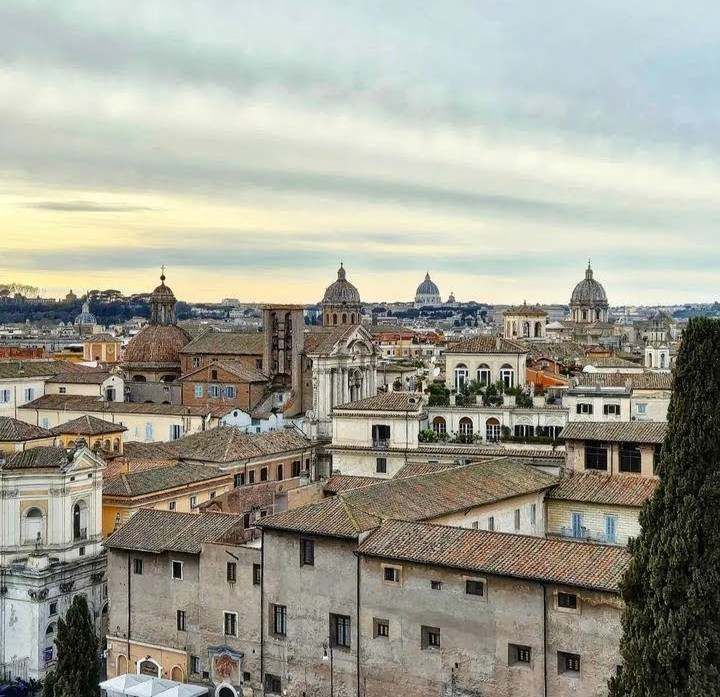
Sotto il Colosseo si trova un complesso sistema di passaggi sotterranei costruiti sotto Domiziano. Il seminterrato è utilizzato per i lavori e le attrezzature dell'esposizione, che, soprattutto per le venationes, viene raffinata e la decorazione della scena, portando anche alla creazione di colline, boschetti e piccoli stagni. Dominata dalla grande figura del Colosseo, la piazza in quella parte prese la sua bella forma, conservata fino ai giorni nostri, nella costruzione del Tempio di Venere a Roma. Voluto e forse realizzato dallo stesso imperatore Adriano e dedicato alla dea che diede vita a Roma e alla città stessa, la donna della terra, il tempio fu fondato nel 135 d.C. ma Massenzio la ricostruì completamente, dopo un incendio, intorno al 310 d.C. Costituito da due celle addossate le une alle altre, sorgeva al centro di un ampio terrazzo, ai lati dell'ingresso, sul colle di Velia, che oggi attraversa la via dei Fori Imperiali, dal Palatino all'Esquilino.
Under the Colosseum is a complex system of underground passages built under Domitian. The basement is used for the work and equipment of the exhibition, which, especially for the venationes, is refined and the decoration of the scene, also leading to the creation of hills, groves and small ponds. Dominated by the great figure of the Colosseum, the square in that part took its beautiful form, preserved to the present day, in the construction of the Temple of Venus in Rome. Intended and perhaps built by the Emperor Hadrian himself and dedicated to the goddess who gave life to Rome and the city itself, the woman of the earth, the temple was founded in 135 A.D. but Maxentius completely rebuilt it after a fire around 310 A.D. Consisting of two cells leaning against each other, it stood in the center of a large terrace, either side of the entrance, on Velia Hill, which today crosses the Via dei Fori Imperiali, from the Palatine to the Esquiline.
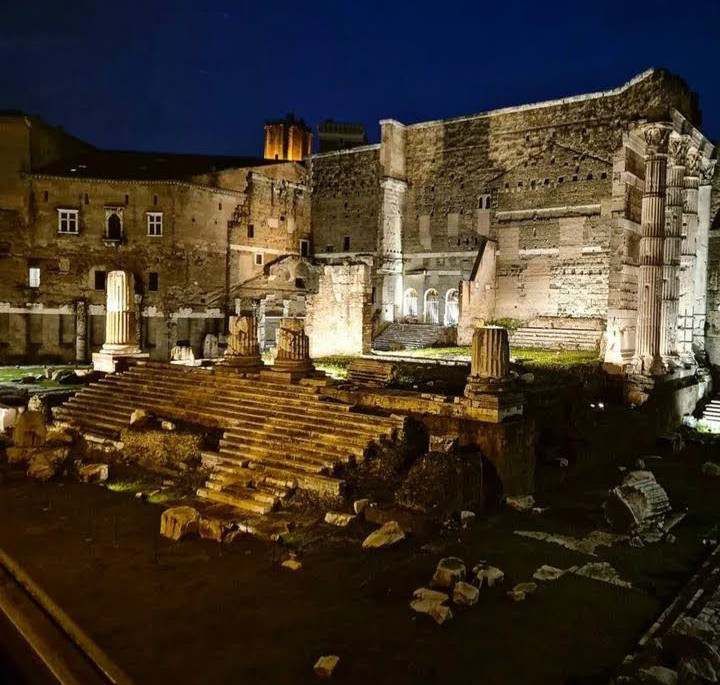
Per la costruzione del tempio venne distrutta quasi la stanza della domus aurea e il colosso di Nerone, che qui si trova, utilizzò 12 elefanti. venne costruita una fontana che, per la sua forma simile alle “metae” degli oggetti che fluttuano attorno al film, viene chiamata Meta Sudans. L'ultimo monumento che arricchì il giardino fu l'Arco di Costantino. Fu deciso nel 312 d.C. dal Senato e dai Romani in onore dell'imperatore che liberò Roma dal tiranno Massenzio, vinse la battaglia di Ponte Milvio. La grotta ha la caratteristica unica di essere scolpita e decorata fin dai monumenti più antichi, legati agli imperatori Traiano, Adriano e Marco Aurelio. Solo i piccoli fori sulla parte superiore e su entrambi i lati del monumento sono ben progettati per l'illustrazionE miglior tour per scoprire Napoli
Almost the room of the domus aurea was destroyed for the construction of the temple, and the colossus of Nero, which stands here, used 12 elephants. a fountain was built, which, because of its shape similar to the "metae" of objects floating around the film, is called Meta Sudans. The last monument that enriched the garden was the Arch of Constantine. It was decided in 312 A.D. by the Senate and the Romans in honor of the emperor who freed Rome from the tyrant Maxentius and won the Battle of Ponte Milvio. The cave has the unique characteristic of being carved and decorated from the earliest monuments related to emperors Trajan, Hadrian, and Marcus Aurelius. Only the small holes on the top and both sides of the monument are well designed for illustrationE best tour to discover Naples
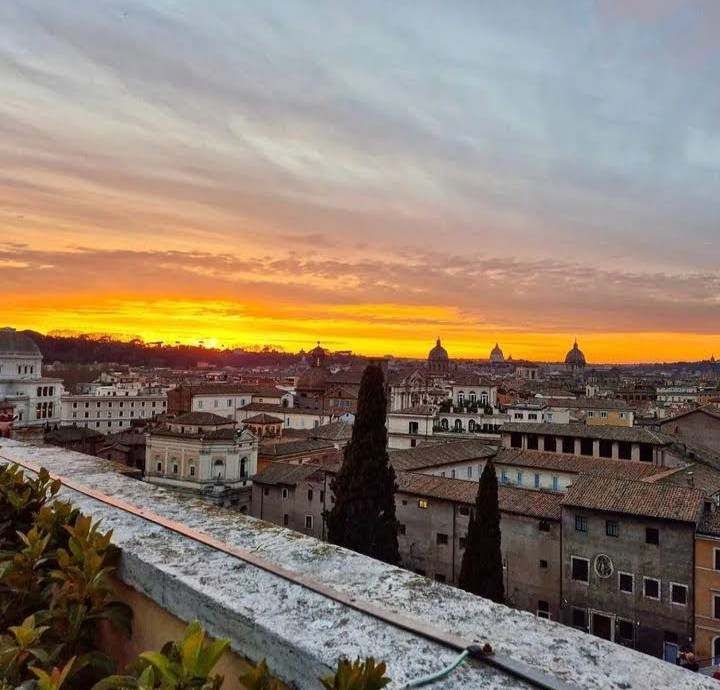
Non si può entrare nel cuore di Napoli facendo una sosta formale tra monumenti e musei, ma passeggiare per Napoli con la mente aperta è una fantasia, la migliore che possa esserci. I panni stesi al sole, il culto sanguigno di San Gennaro e il culto “pagano” di Maradona; grida al mercato rionale, pizza, caffè e tazze calde; quasi una visione gloriosa del Vesuvio, il pomodoro come stile di vita, l'amore romantico unito ad un puzzle. Tutto è vero, reale, importante. In questa città che è legata alla sua storia e alla storia di chi ha l'opportunità di conoscerlo continuamente. Chi non ha il dono della dialettica, diffuso tra i napoletani di tutte le società, può prendere in prestito parole d'amore da grandi scrittori: per Goethe "Napoli è il paradiso", per Stendhal è "il miglior paese del mondo..." l'universo." Ecco come esplorare Napoli a piedi. Napoli a piedi: un luogo indimenticabile
One cannot enter the heart of Naples by making a formal stop between monuments and museums, but walking around Naples with an open mind is a fantasy, the best there can be. Cloths hung out in the sun, the sanguine cult of San Gennaro and the "pagan" cult of Maradona; shouts at the local market, pizza, coffee and hot cups; almost a glorious vision of Vesuvius, tomatoes as a way of life, romantic love combined with a puzzle. Everything is true, real, important. In this city that is bound by its history and the history of those who have the opportunity to know it all the time. Those who do not have the gift of dialectic, which is widespread among Neapolitans of all societies, can borrow words of love from great writers: for Goethe "Naples is paradise," for Stendhal it is "the best country in the world..." the universe." Here's how to explore Naples on foot. Naples on foot: an unforgettable place
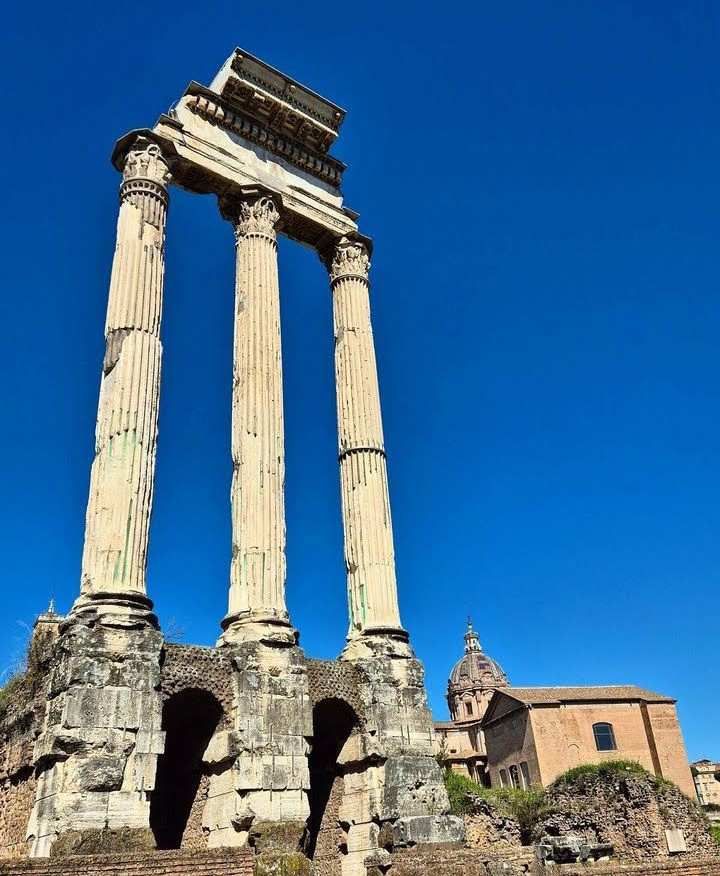
Nel cuore di Napoli non si arriva facendo una sosta formale tra monumenti e musei, ma camminando con la mente aperta per le strade, pronti ad accogliere in dono la musica e la parola e il dialetto. , l'aroma del cibo attira da ogni angolo, i colori accesi delle immagini e le condizioni di nascita. La sua storia è ancora viva, rifiutandosi ostinatamente di diventare un simulacro posseduto dai turisti, come in tante altre città italiane. Napoli appartiene ai napoletani, che sono generosi, aperti e amichevoli. Il modo migliore per scoprire la città è quello che permette di scoprire passo dopo passo, in autonomia o in tour, le sue strade più famose, soprattutto per chi la visita per primo. Che lascia il tempo alla pizza fritta da mangiare per strada, all'immancabile caffè e vino e alla conversazione con un vecchio signore. Spaccanapoli
In the heart of Naples one does not arrive by making a formal stop between monuments and museums, but by walking with an open mind through the streets, ready to welcome as gifts music and speech and dialect. , the aroma of food lures from every corner, the bright colors of images and the conditions of birth. Its history is still alive, stubbornly refusing to become a simulacrum owned by tourists, as in so many other Italian cities. Naples belongs to the Neapolitans, who are generous, open and friendly. The best way to discover the city is step by step, independently or on tour, its most famous streets, especially for those who visit first. That leaves time for fried pizza to be eaten on the street, the inevitable coffee and wine, and conversation with an old gentleman. Spaccanapoli

Il cuore antico di Napoli non può essere trovato senza essere collocato in una delle strade più belle della città. Corrispondente al Decumano Inferiore di epoca romana, questa strada prende il nome perché divide letteralmente in due la città antica tra nord e sud.pietra ricorda inequivocabilmente il Palazzo dei Diamanti di Ferrara, la basilica gotico-angioina di Santa Chiara e facciata. con quattro magnifici monumenti, tra cui quello in maiolica, delle residenze vicine, e la chiesa gotica di San Domenico Maggiore, oggi tra i principali edifici religiosi della città, e la residenza di San Tommaso d'Aquino insegnò e studiò tra gli altri Giordano. Bruno e Tommaso Campanella.
The ancient heart of Naples cannot be found without being located in one of the city's most beautiful streets. Corresponding to the Decumano Inferiore of Roman times, this street gets its name because it literally bisects the ancient city between north and south.Stone is unmistakably reminiscent of Ferrara's Palazzo dei Diamanti, the Gothic-Angevin basilica of Santa Chiara and facade. with four magnificent monuments, including the majolica one, of nearby residences, and the Gothic church of San Domenico Maggiore, now among the city's main religious buildings, and the residence of St. Thomas Aquinas taught and studied Giordano, among others. Bruno and Thomas Campanella.
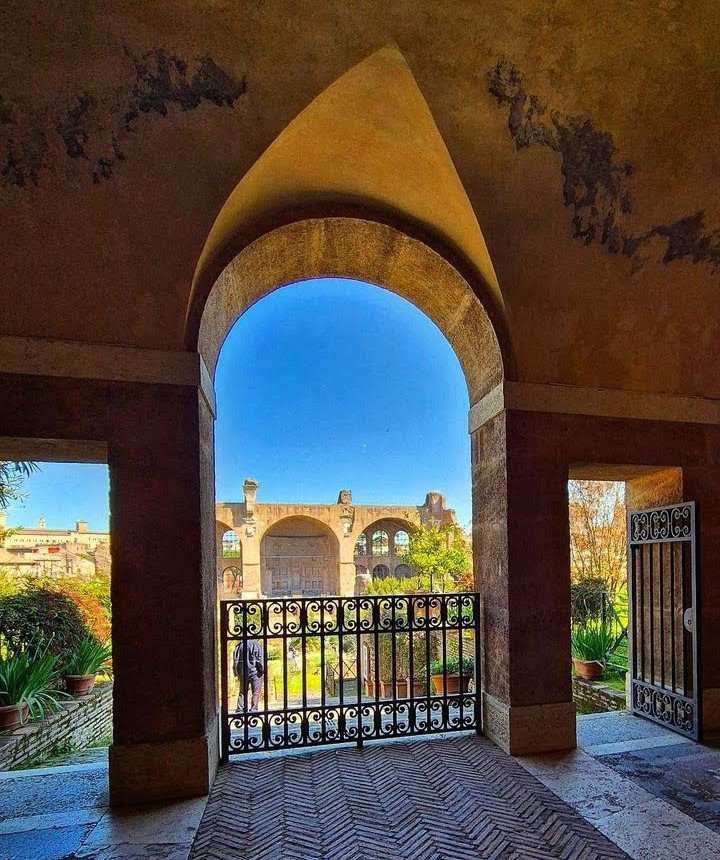
Dal Tribunale
Corrispondente al Decumano Maggiore di epoca romana, la Via dei Tribunali chiude a nord il percorso compiuto dal Decumano Inferiore, oggi chiamato Spaccanapoli, attraverso il centro della Napoli antica. Anche qui numerosi sono i luoghi di interesse come la Basilica di San Paolo Maggiore del XVI secolo, edificata sui resti dell'antico tempio dei Dioscuri (I secolo d.C.), la Basilica di San Lorenzo Maggiore del XIV secolo, oggi in stile barocco . stile, il prezioso chiostro e il magnifico edificio principale affrescato accanto al convento, ed infine la chiesa barocca dei Girolamini o di San Filippo Neri con le sue luminose decorazioni di oro, marmo e madreperla.
Il trecentesco Duomo di Napoli, sede della veneranda Cappella del Tesoro di San Gennaro, dove tre volte l'anno viene celebrato il sangue del santo, seguito da migliaia di fedeli di sempre.
From the Tribunal
Corresponding to the Decumano Maggiore of Roman times, the Via dei Tribunali closes to the north the route taken by the Decumano Inferiore, now called Spaccanapoli, through the center of ancient Naples. Here, too, there are numerous places of interest, such as the 16th-century Basilica of San Paolo Maggiore, built on the remains of the ancient temple of the Dioscuri (1st century AD), the 14th-century Basilica of San Lorenzo Maggiore, now in Baroque . style, the precious cloister and the magnificent frescoed main building next to the convent, and finally the Baroque church of the Girolamini or San Filippo Neri with its luminous decorations of gold, marble and mother-of-pearl.
The 14th-century Cathedral of Naples, home to the venerable Chapel of the Treasure of St. Gennaro, where the blood of the saint is celebrated three times a year, followed by thousands of the faithful time and again.
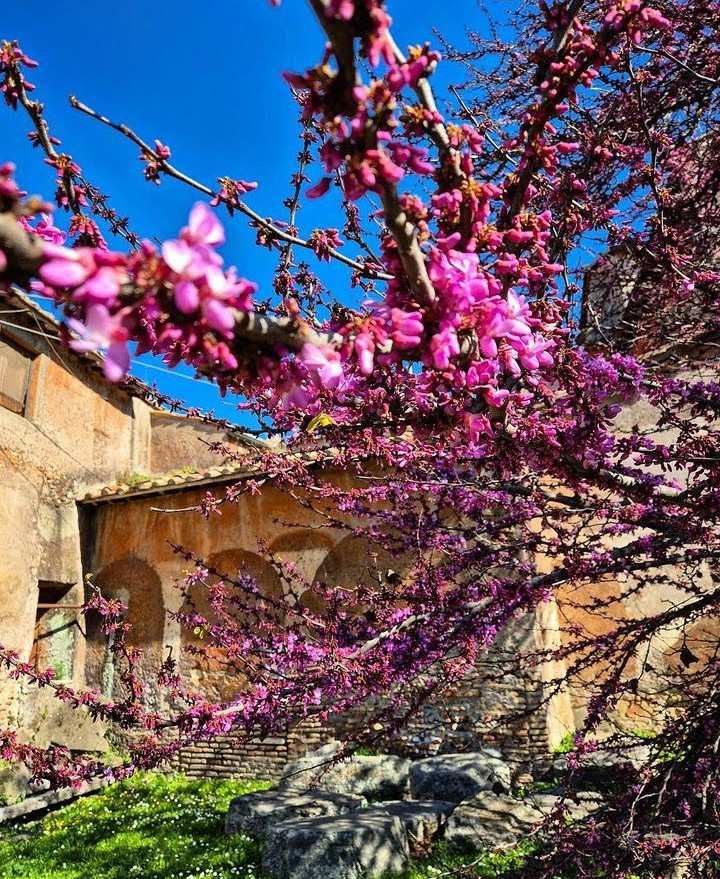
Bosco Umberto I
Un edificio commerciale costruito tra il 1887 e il 1890, segno della legge di riforma sociale che interessò la città tra via Toledo e Castel Nuovo, meglio conosciuto come Maschio Angioino, che somiglia con lui, in dimensioni minori, alla Galleria Vittorio Emanuele II di Milano . Da Toledo (stazione ferroviaria)
Dal XVI secolo rappresenta una delle strade principali di Napoli, il miglior centro commerciale della città, dominata da tanti bellissimi edifici storici della città. Si parte dalla bellissima Piazza Dante, con la stazione degli autobus e la caratteristica libreria della seconda, per terminare in Piazza Trieste e Trento;
Umberto I Wood
A commercial building built between 1887 and 1890, a sign of the social reform law that affected the city between Via Toledo and Castel Nuovo, better known as Maschio Angioino, which resembles with it, in smaller size, the Galleria Vittorio Emanuele II in Milan . From Toledo (railway station)
Since the 16th century it has represented one of the main streets of Naples, the best commercial center of the city, dominated by the city's many beautiful historic buildings. It starts from the beautiful Piazza Dante, with the bus station and the characteristic bookstore of the second, and ends in Piazza Trieste e Trento;
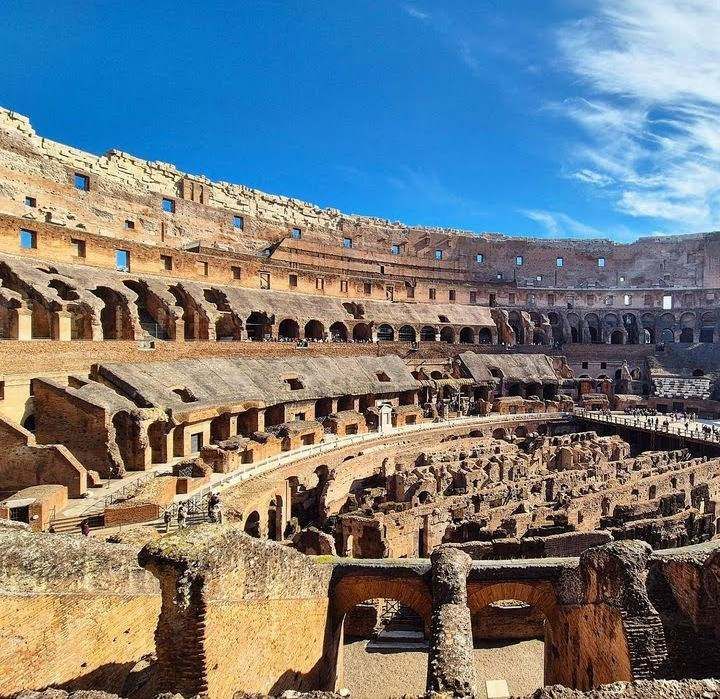
Piazza del Plebiscito
Una volta attraversata Piazza Trieste e Trento, si aprirà questo spazio affascinante e toccante, che rappresenta chiaramente uno dei simboli più famosi di Napoli. Lo circonda il giardino a forma di emiciclo della Basilica di San Francesco di Paola (1816-1846), tra i migliori esempi di architettura neoclassica in Italia.Plebiscito Square
Once you cross Piazza Trieste e Trento, this fascinating and touching space will open up, clearly representing one of the most famous symbols of Naples. It is surrounded by the hemicycle-shaped garden of the Basilica of San Francesco di Paola (1816-1846), among the best examples of neoclassical architecture in Italy.
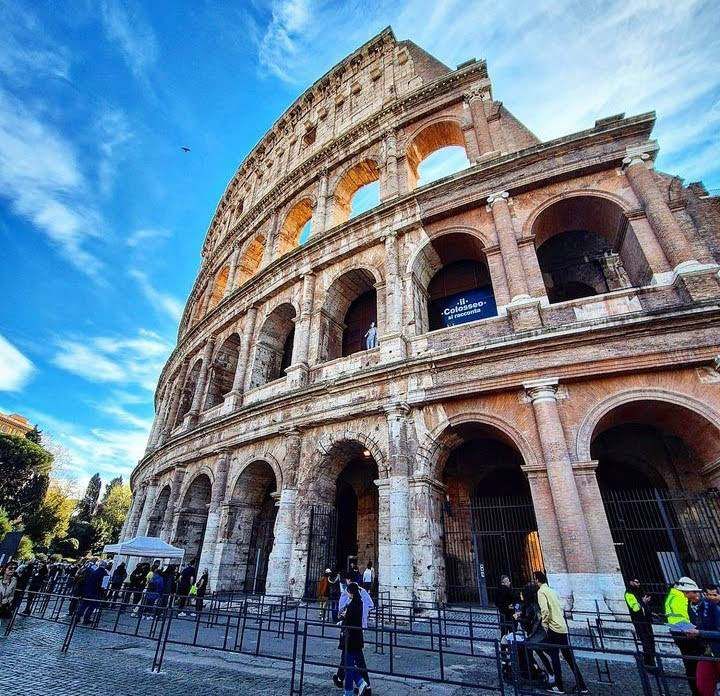
Beautiful Rome. It’s my favourite City on the planet. 🇮🇹
thank you very much friend greetings
Curated by @ultravioletmag
thank